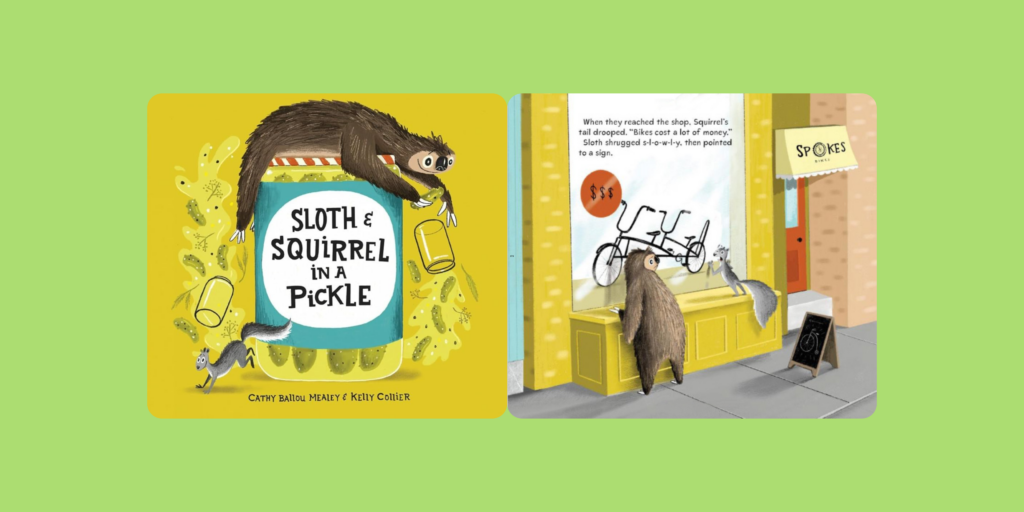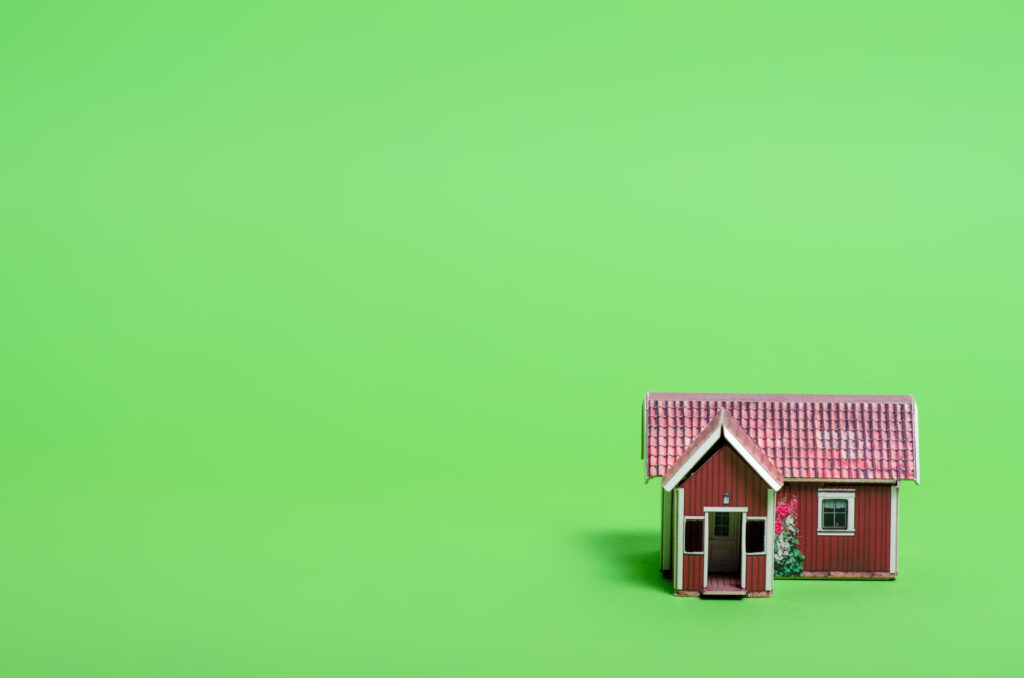
Grades 3-5
Teach Producers and Consumers using Sloth and Squirrel in a Pickle
This economics and personal finance lesson takes students through the process of producing a good to sell to a fictional...
Key Concepts: Consumers, Income, Producers





